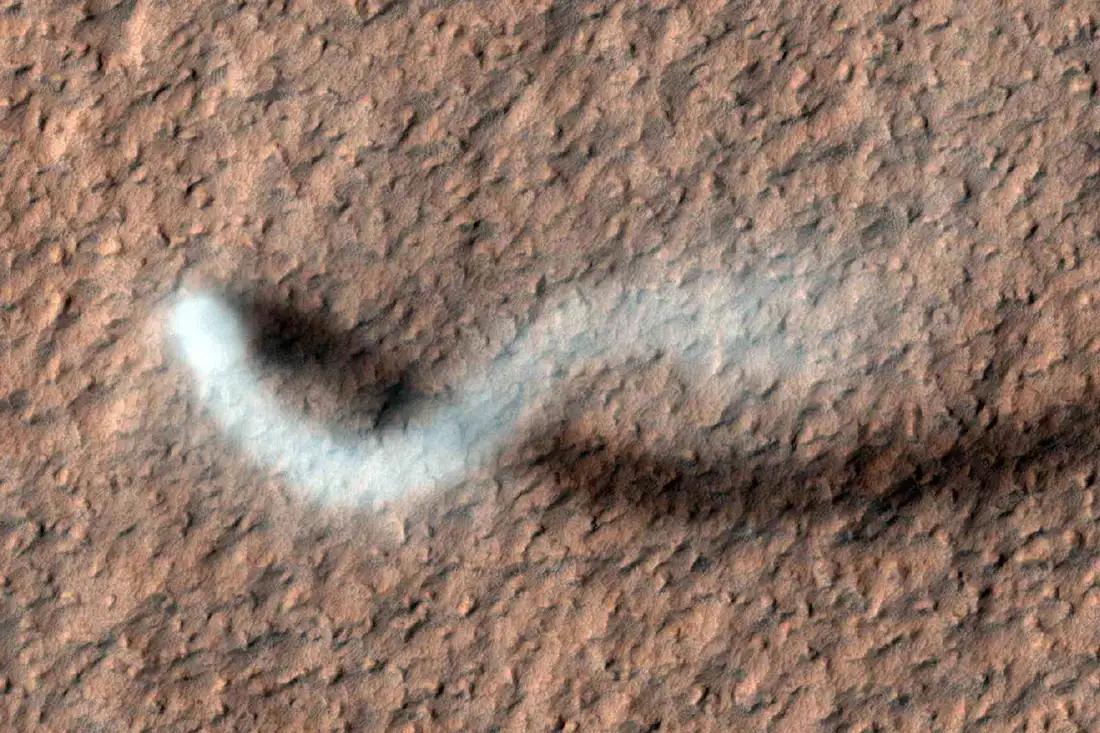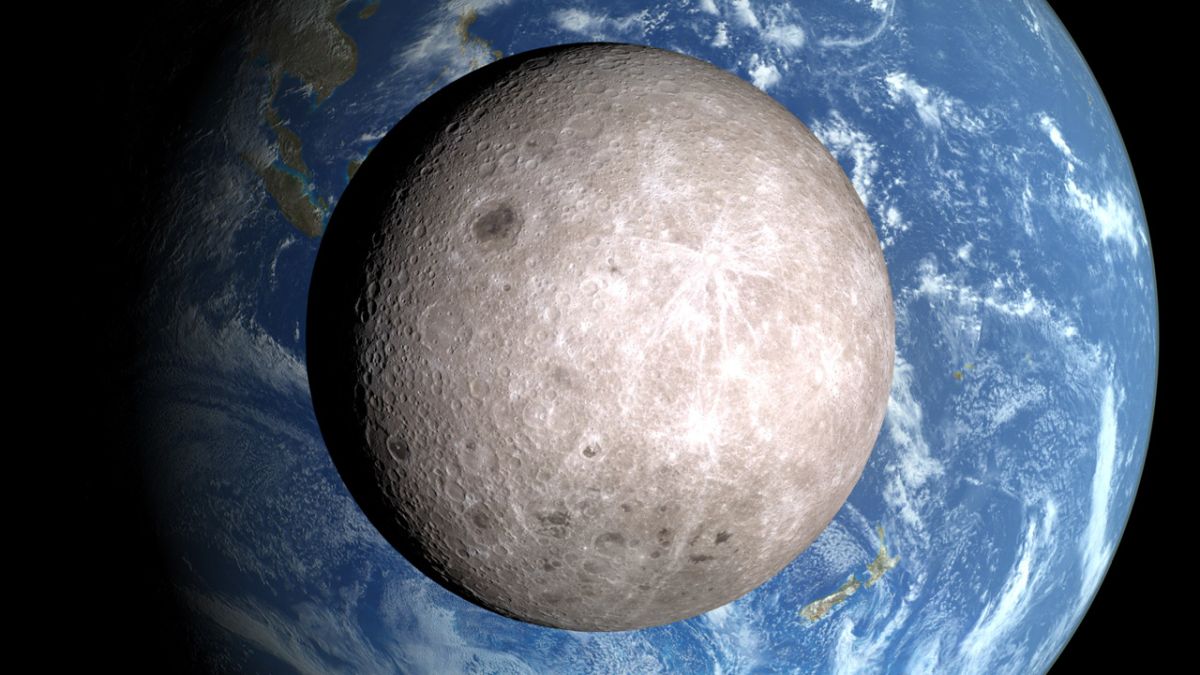
www.whiskeyriff.com
Lynyrd Skynyrd Pays Tribute To Band Members Killed In 1977 Plane Crash On The 48th Anniversary Of The Tragic Accident
48 years ago today.
When you think southern rock, one of the first bands you think of should be Lynyrd Skynyrd. The legendary band founded by Ronnie Van Zant, Bob Burns, Gary Rossington, Allen Collins, and Larry Junstrom in Jacksonville, Florida popularized the southern rock genre after the release of their 1973 debut album, (Pronounced ‘Lĕh-‘nérd ‘Skin-‘nérd), when they landed a spot opening for The Who.
That debut album featured songs that are still massive hits today – songs like “Simple Man,” “Gimme Three Steps” and of course, “Free Bird.” And their popularity only grew over the next few years, especially after their biggest hit “Sweet Home Alabama” was released on their sophomore album, Second Helping.
By 1977, the band had released their fifth studio album, Street Survivors, and headed out on tour to promote it.
But just three days after the album’s release, tragedy would strike.
Lynyrd Skynyrd played a show in Greenville, South Carolina on October 20, 1977, and then boarded a chartered plane to Baton Rouge for a show at LSU the next day.
It was supposed to be the band’s last flight in their Convair CV-240, which drummer Artimus Pyle would later say “looked like it belonged to the Clampett family” from The Beverly Hillbillies. In Baton Rouge, Lynyrd Skynyrd would be upgrading to a Learjet – one that would better reflect their status as one of the top rock bands in the world.
En route to Louisiana, the plane ran out of fuel near the end of the flight over Mississippi. The pilots attempted to reach McComb Airport, but soon realized that they wouldn’t make it and decided to attempt an emergency landing in an open field.
As the plane went down, it skimmed the tops of some trees, eventually slamming into a large tree and breaking apart.
Killed in the crash were lead singer Ronnie Van Zant, guitarist Steve Gaines and his sister who sang background vocals for the band, Cassie Gaines, along with the band’s assistant road manager, the pilot and co-pilot. The rest of the band survived, but were severely injured.
An NTSB investigation would find that the plane’s pilots failed to check the fuel tanks before leaving Greenville, and the fuel gauges on that type of plane were known to malfunction.
The band would eventually take a hiatus after the crash, reuniting only once over the next 10 years to play an instrumental version of “Free Bird” at Charlie Daniels’ Volunteer Jam in Nashville in 1979.
And the band’s label, MCA, would also withdraw the original cover of Lynyrd Skynyrd’s Street Survivors album – which featured a picture of the band engulfed in flames – out of respect for the victims of the crash.
But in 1987, Lynyrd Skynyrd would reunite, with Ronnie Van Zant’s younger brother Johnny joining five original members of the band who had survived the plane crash for a tribute tour. The reunited band chose to continue on after the 1987 tribute tour, and in 1991 Lynyrd Skynyrd released their first studio album since the plane crash.
The band has continued on ever since, with Rickey Medlocke being the only current member who was with the band before the plane crash (though he left in 1972 before rejoining the current iteration of Skynyrd in 1996). Longtime guitarist Gary Rossington, who was the last surviving member of Lynyrd Skynyrd and the longest-serving member of the band, joined the reunited band and continued touring with Skynyrd until his death in 2023.
And today, on the 48th anniversary of the crash, Lynyrd Skynyrd paid tribute to those who were tragically killed in Mississippi on this day in 1977:
“October 20th, 1977 is a day that we don’t wish to forget but a day that we wish never happened at all. We don’t wish to forget this day because we now carry the names of our fallen brothers and sisters on our hearts and minds forever, honoring the legacy that they have started.
The tragic end to our beloved Ronnie Van Zant, Steve and Cassie Gaines, and Dean Kilpatrick. So today, kick your feet up, put on some Skynyrd, and look to the sky as we remember our lost brothers and sisters from that fateful day.
Fly high Freebirds.”
View this post on Instagram
A post shared by Lynyrd Skynyrd (@skynyrd)
It’s impossible to overstate the impact that Lynyrd Skynyrd had on southern rock music, and even today’s country music. Ask your favorite country artist who inspired them, and I’m betting that Lynyrd Skynyrd would be on a lot of those lists – even though the band’s original run was tragically cut short, on this day 48 years ago.
Now if you’ll excuse me, I have to go listen to Skynyrd. Coincidentally, it’s already on my record player.
The post Lynyrd Skynyrd Pays Tribute To Band Members Killed In 1977 Plane Crash On The 48th Anniversary Of The Tragic Accident first appeared on Whiskey Riff.
















